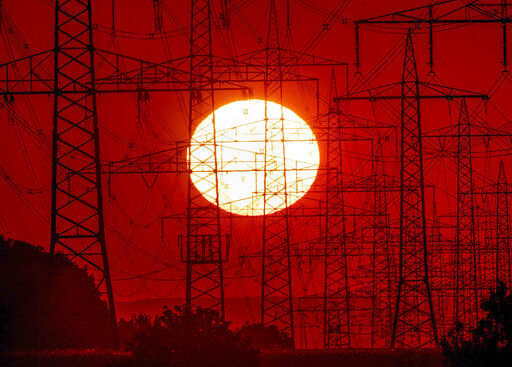BERLIN — Electricity demand in the European Union has returned to pre-pandemic levels without a corresponding rise in emissions, according to a report published today by the energy think tank Ember.
An analysis of data from grid operators showed that electricity demand in the EU during the first half of 2021 almost matched the demand in the same six-month period two years earlier, the report said.
However, renewable sources accounted for significantly more electricity generated in the first six months of this year compared with the first half of 2019, while power from fossil fuels declined since before the pandemic, the think tank found.
This resulted in the EU power sector producing 12% fewer greenhouse gas emissions over the two-year period, Ember said.
The relative decline in fossil fuel use partly resulted from rising costs, particularly for gas, during the first half of 2021, and higher carbon prices. The day price per ton of CO2 has increased from about 33 euros ($39) to more than 50 euros ($59) on the EU Emissions Trading System in the past six months.
The cost of renewable energy, meanwhile, has remained stable since 2019, Ember said.
The researchers said their analysis showed that in Spain, Italy, Germany and France, generating electricity from existing fossil gas and hard coal plants is now about twice as expensive as generating electricity from new wind and solar power sites.
Alexander Dusolt, a senior associate at energy consultancy Agora Energiewende, said the analysis conducted by Ember was “completely realistic.” But he noted that some countries, such as Spain, have seen a sharp increase in renewable energy generation lately while in others, like Germany, it was less pronounced.
The 27-nation EU aims to cut its emissions of planet-warming greenhouse gases 55% from 1990 levels by 2030, a target experts say will require a further sharp decrease in fossil fuel use. Electricity from coal, gas and oil currently accounts for about 45% of the EU’s supply.


